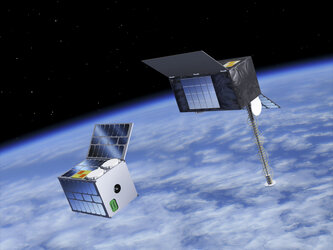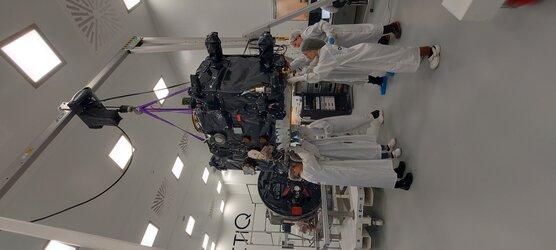

LEO-PNT within a multi-layer satnav architecture
Europe’s Galileo constellation is already the world’s most accurate satellite navigation system, providing metre-level precision to users worldwide. The general expectation is that satnav is going to keep on getting better, in line with increasing user needs and accuracy requirements. But in fact, traditional Global Navigation Satellite Systems (GNSS) in medium Earth orbit are approaching their limits of technical performance. While GNSS will remain a fundamental backbone, for Positioning, Navigation and Timing (PNT) services to go on improving into the future, a new element will be required. ESA’s LEO-PNT satellites, approved at last year’s Ministerial conference, will test out this concept in practice, with a mini-constellation of at least half a dozen satellites, placed in orbit a matter of hundreds of kilometres above the surface of Earth – as opposed to the 23 222-km-distant Galileo satellites.





